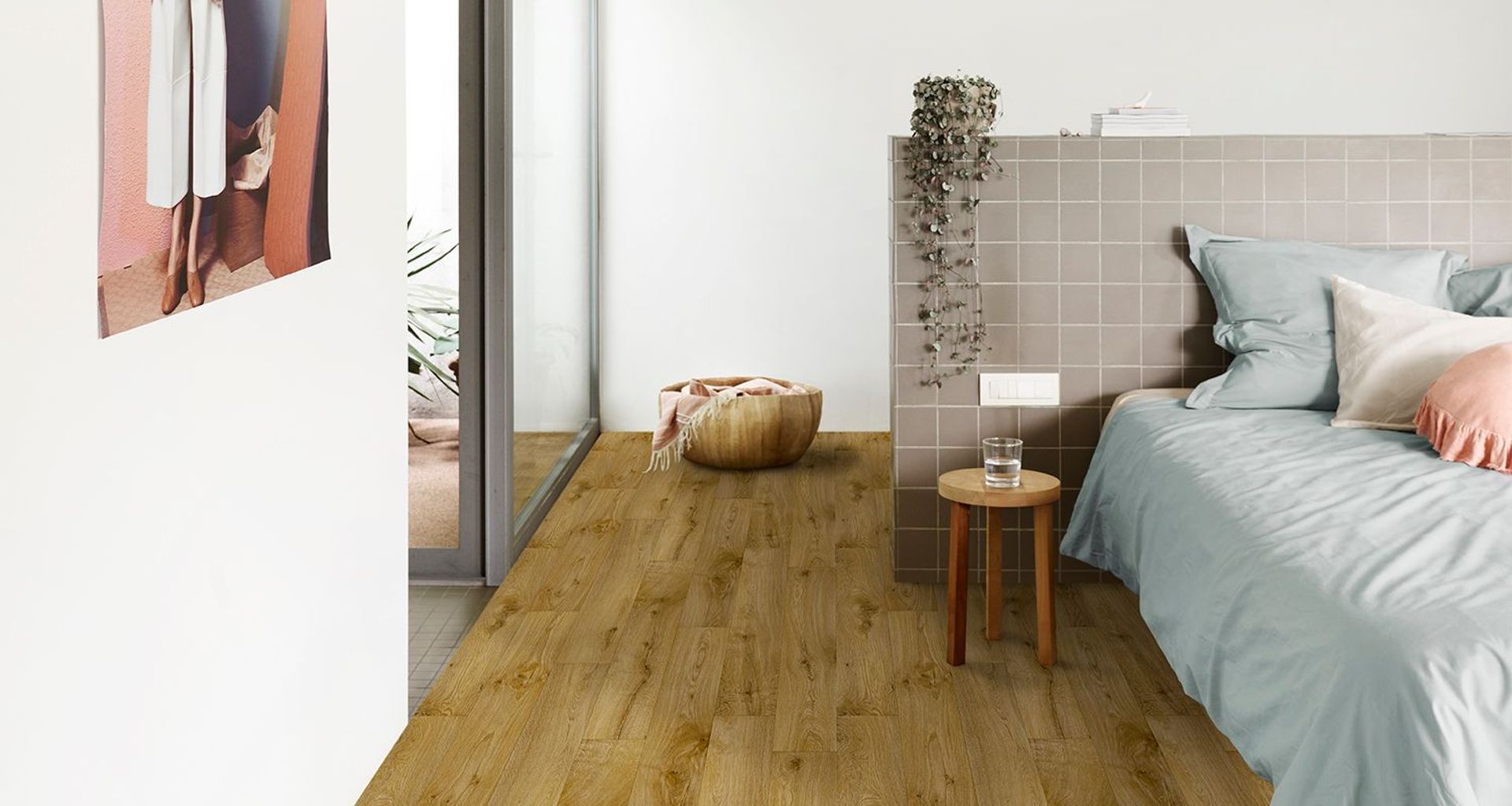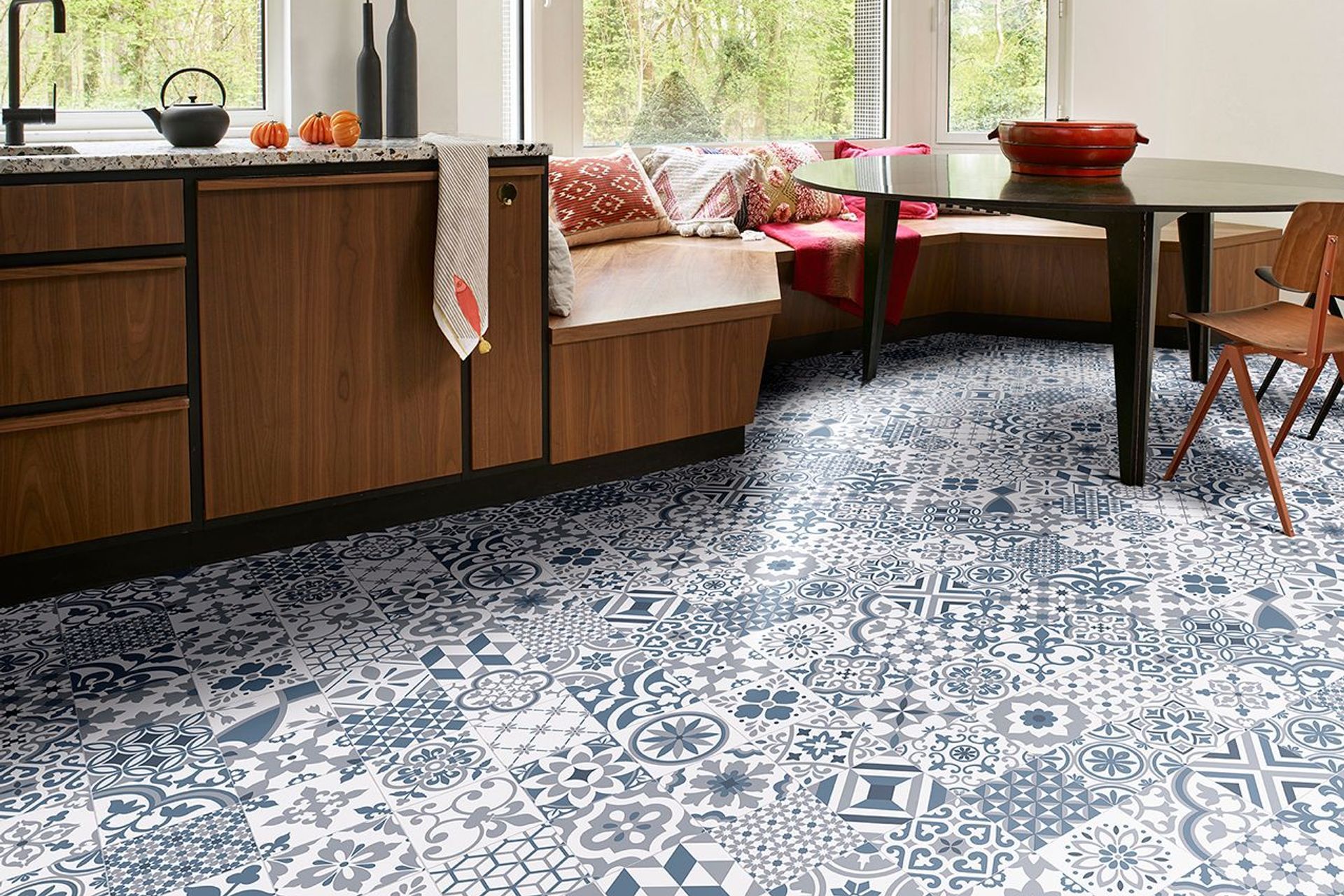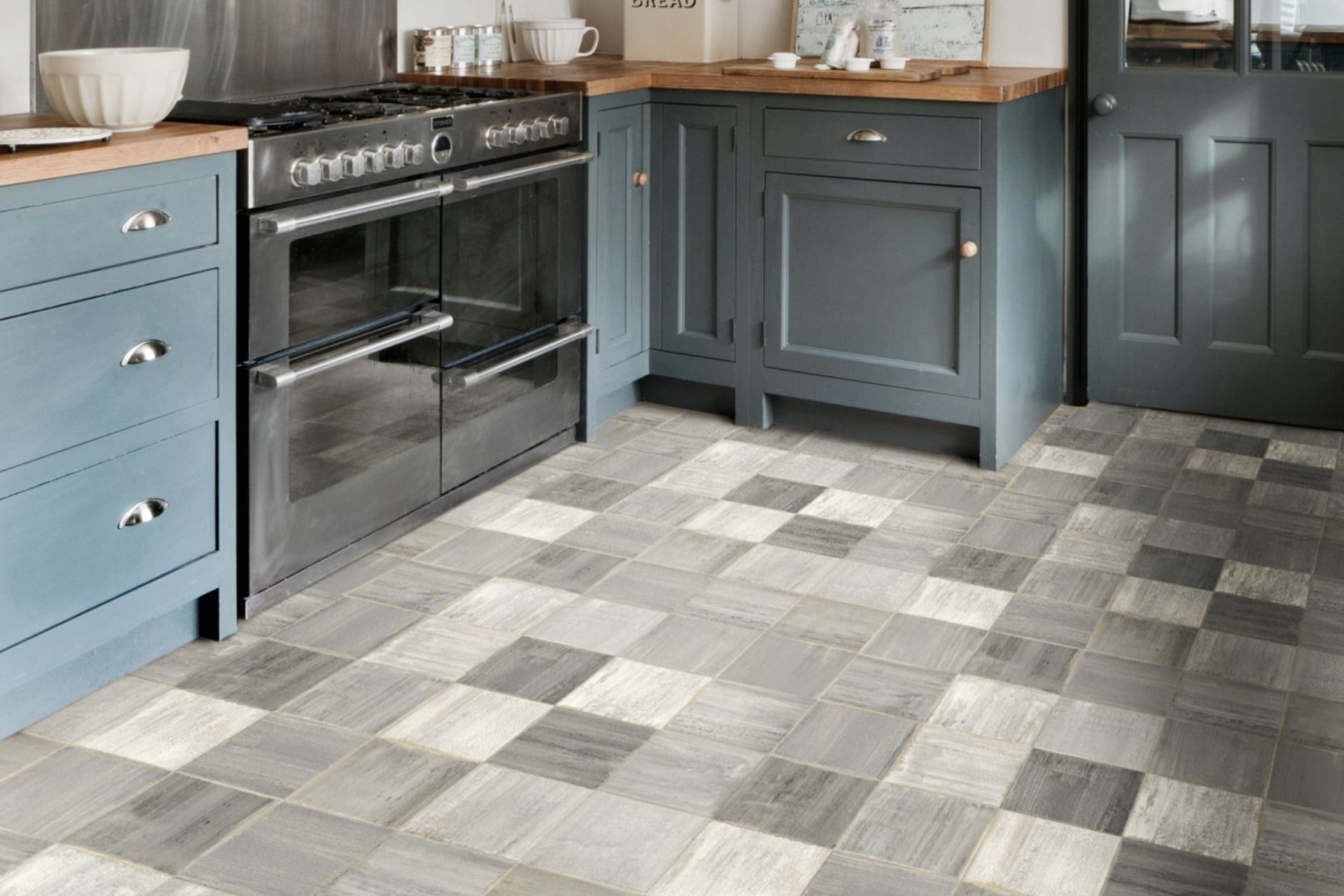6 reasons vinyl flooring is making a comeback
Written by
27 February 2020
•
4 min read

Vinyl flooring — or ‘lino’, as it’s often called — has been a staple flooring material in kiwi homes for decades. Reaching a peak of popularity in the mid-twentieth century, the material has since lost some of that primacy as new flooring trends have taken over the spotlight.
But today’s vinyl flooring is not the same as yesterday’s; a new vinyl floor doesn’t have to resemble the one in a 1960s kitchen. New manufacturing techniques, updated designs and increased sustainability make vinyl a compelling flooring material for a modern home.
Here are six reasons you should consider vinyl flooring for your next project.
1. Vinyl is easy to clean
Vinyl is a prime contender for those products that promote maintenance free living. From a cooking spill in the kitchen to a pair of dirty boots shedding muck in the laundry, there’s not much that can’t be easily cleaned off a vinyl floor.
Because it has relatively few seams and surface imperfections, vinyl can be easier to keep hygienic than other flooring materials. Tiny grooves, cracks and holes in floors can be hiding places for bacteria. While it depends on which texture of vinyl you choose, its smoother surface makes cleaning a breeze.
2. Vinyl comes in unique designs
Vinyl is a synthetic material, which makes it the perfect canvas for printing complex patterns, interesting colours and unique graphics. This chameleon characteristic was used (or perhaps abused, depending on your taste) in the 70s to attention-grabbing effect. The designs might not be as garish, but the same is true today; patterned vinyl flooring can inject a bold splash of personality into a room.
The kinds of patterns and prints available with vinyl flooring are unmatched by pretty much any other material, so if you’re after intricate designs, you can’t really beat patterned lino.
Not only does vinyl have great visual versatility, it can also be printed with a variety of textures. Vinyl that imitates stone tiling or hardwood, for example, can mimic some of the surface features of those materials, as well as their colour and visual style.
3. Vinyl is cost efficient
If you’re on a budget and looking for cost efficient flooring, vinyl can be a great option. Compared with hardwood, engineered timber or even laminate flooring, vinyl often comes with a lower price tag. Fortunately, vinyl tiles and vinyl planks can imitate the look of those premium materials while often being easier and cheaper to install.
For those wishing to allocate more budget towards other parts of a renovation or build, vinyl flooring is definitely worth a look.
4. Vinyl is more sustainable than ever
Sustainability is an important consideration in building these days. However, vinyl flooring has often been overlooked as a ‘green’ material; in days gone by it was tough to recycle and while its hardiness was great for long lasting floors, it wasn’t so good for the environment once it was removed from the home.
Today, however, things have changed. Many vinyl flooring manufacturers make products that are 100 per cent recyclable. Old vinyl floors are processed and turned into new vinyl floors, helping to minimise the environmental impact over the whole product life cycle.
Another sustainability improvement alongside greater recycling opportunities is the fact that vinyl floors can now be resurfaced, greatly extending their longevity.
5. Vinyl is comfortable and quiet underfoot
Vinyl flooring isn’t as hard as other flooring materials, which gives it a more gentle feeling to walk on. If you enjoy walking around your house barefoot, vinyl flooring can provide a comfier ride than other flooring materials.
This softness also has another benefit; it’s very quiet when walked on. The sound of heeled shoes clacking across the floor will be a distant memory with a vinyl floor.
6. Vinyl is durable
Vinyl is an incredibly long-lasting flooring material. If it’s installed by a professional flooring installer, vinyl can last from 10 to 20 years, making it a perfect fit for high traffic areas in the home or commercial building.
Ready to get your flooring plans started? Make a choice you can trust by browsing the best vinyl flooring suppliers and kitchen and bathroom designers today.
<sup>Top banner image credit: </sup><sup>Polyflor</sup><sup> </sup>

